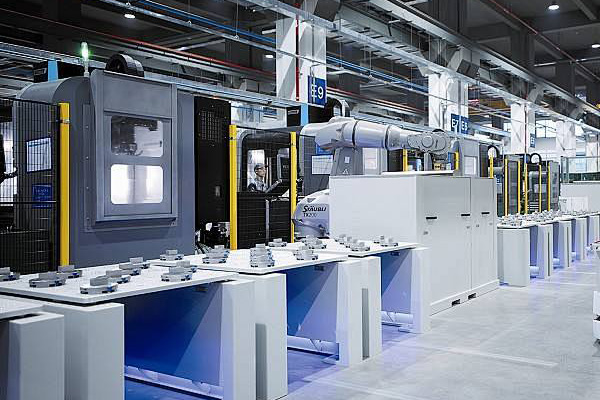What are the types of pressure sensors?
Time:Oct 12, 2024 Author:Stone Read:0
A pressure sensor is a device that measures the pressure of a gas or liquid and converts it into an electrical signal. There are various types of pressure sensors designed to suit different applications and pressure ranges. Here are some common types:
Strain Gage Pressure Sensors:
These sensors use a flexible diaphragm that deforms under pressure, causing a strain gauge attached to the diaphragm to change resistance. The change in resistance is then correlated to the applied pressure.
Piezoelectric Pressure Sensors:
Piezoelectric pressure sensors utilize the piezoelectric effect, where certain materials produce an electrical charge in response to mechanical stress. When pressure is applied, it causes the piezoelectric material to mechanically deform, producing a voltage that is proportional to the applied pressure.
Capacitive Pressure Sensors:
Capacitive pressure sensors rely on a change in capacitance between two plates when pressure causes a diaphragm or flexible membrane to move. The change in capacitance is then converted into an electrical signal.

Resonant Pressure Sensors:
Resonant pressure sensors work on the change in resonant frequency of a vibrating element (such as a quartz crystal) when pressure is applied. The change in frequency is used to determine the applied pressure.
Optical Pressure Sensors:
Optical pressure sensors use changes in light properties caused by pressure-induced deformation of a material (such as fiber Bragg gratings). These changes in light properties are then converted into pressure readings.
Potentiometric Pressure Sensors:
Potentiometric pressure sensors use a resistor element and a vernier to measure the change in resistance caused by pressure-induced deformation. The movement of the vernier produces a changing voltage that corresponds to the applied pressure.
Micro-Electro-Mechanical Systems (MEMS) Pressure Sensors:
MEMS pressure sensors are small silicon-based devices that use micromachining techniques. They typically employ diaphragms and strain gauges to detect changes in pressure and are widely used in applications where miniaturization is a must.
Differential Pressure Sensors:
These sensors measure the difference in pressure between two points. They are often used in applications such as flow measurement where a pressure drop within a limited range indicates flow.
Absolute Pressure Sensors:
Absolute pressure sensors measure pressure relative to a perfect vacuum. They are often used in applications where the reference point is the complete absence of pressure.
Vacuum Pressure Sensors:
Vacuum pressure sensors specifically measure pressures below atmospheric pressure. They are vital in applications such as vacuum systems and processes.
Sealed Pressure Sensors:
Sealed pressure sensors measure pressure relative to atmospheric pressure when sealed. They are useful in applications where compensation for changes in atmospheric pressure is required.
The choice of pressure sensor depends on factors such as application requirements, pressure range, environmental conditions, and required accuracy. Different types of pressure sensors are available to meet specific needs, making them a versatile tool for a variety of industries.
Previous:How do force sensors work? Next:What are the types of force sensors?
